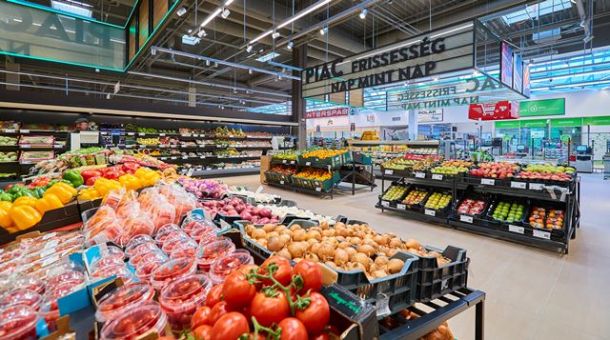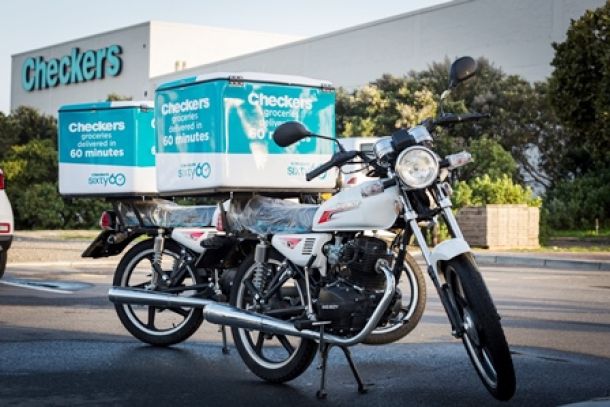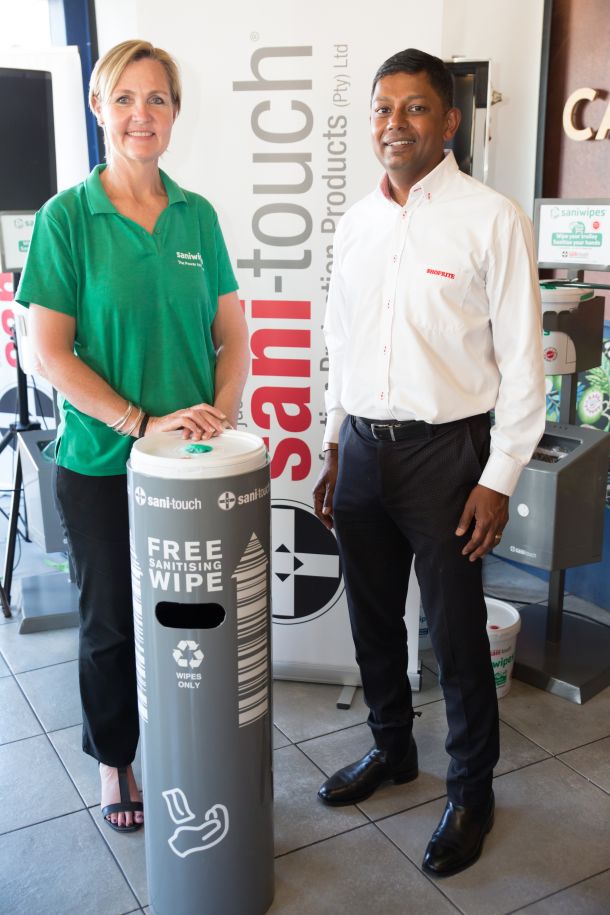Food Waste – The Challenges Facing British Supermarkets
It would seem illogical that food waste in the UK continues to increase every year just as more and more families struggle to put food on the table. As the government misses its own food waste targets, what can businesses and customers do to help solve this crisis?
Here, Anil Parmar, solutions consultant at private brand grocery specialist Solutions for Retail Brands (S4RB) discusses what measures can be taken by retailers to tackle these worrying figures.
The numbers behind Britain’s Food Waste Crisis
Some of the statistics around ‘thrown away food’ in the UK are truly eye opening. In the last 12 months alone, over £13bn worth of leftovers went unused, with more than 60% of this considered to be avoidable. While 2% of this is from supermarkets and 17% from manufacturing, nearly three-quarters of all food waste comes from households, at a cost of circa £400 per household per year.
Despite this, reliance on food banks continues to increase, with the UK now in the bottom 50% of European counties for food insecurity. Put simply, we are throwing away more food, whilst an increasing proportion of our population go without.
A recent government report suggested that some of the blame could be directed at supermarkets rejecting fruit and vegetables that did not meet an artificial cosmetic standard. Nearly one quarter of apples and one-fifth of onions are thrown away before they even reach the store purely on cosmetic grounds.
Lessons can be taken from international retailers to address this particular problem. Various ‘ugly’ ranges of fruit and vegetables have proven particularly popular, where produce that was previously thrown away based on looks alone is now being sold at heavily discounted prices. At Intermarché in France, not only was this campaign successful in reducing the amounts of produce thrown away, it also proved to be a tremendous sales and marketing ploy. Overall store traffic increased by 24% and resulted in a 300% rise in engagement across the chain’s social media channels.
The look of a product also influences the best-before date, which often causes consumers to throw away perfectly edible fruit and vegetables. Government funded public awareness campaigns, such as ‘Love Food, Hate Waste’, while being designed to reduce public food waste, have not had the desired impact based on these recent figures. Fortunately, food redistribution organisations such as FareShare and Food Cycle continue to grow, selling perfectly edible food that is past its ‘sell by’ date but can no longer be sold by supermarkets.
What can supermarkets do?
Perhaps a good starting point would be for supermarkets to adopt solutions voluntarily. There are currently no food waste guidelines or government targets that supermarkets must work towards, therefore, public knowledge of their own performance stays largely behind closed doors. In recent years, both Tesco and Sainsbury’s have made efforts to publish data on in-store waste, but much is still unknown about waste within the supply chain.
Some supermarkets have been increasingly devising their own solutions to reduce food waste, with Tesco recently changing the packaging for their fresh meat products to keep it fresher for longer. In 2016, Sainsbury’s also removed a number of multi-buys in favour of simpler pricing so that customers were less incentivised to buy more than they needed.
The latter example shows the challenge facing the UK’s largest supermarkets. With no official government guidelines and targets, supermarkets are being forced into making tough decisions, as promoting sustainability and selling fewer products will ultimately harm revenue and profit. Given the substantial environmental, financial and moral cost of keeping food waste at its current level, it may be what is required to lead a shift in consumer thinking.
While it is clear that retailers and its customers have a long way to go to address these startling UK figures, it’s evident that certain retailers are already implementing plans and increasing efforts. It’s important that this momentum is maintained in years to come, particularly with the rise of low cost competitors, which unfortunately could encourage consumers to be less thrifty with their purchases. With the rise of cheaper fruit and vegetables, more people are likely to buy more than they need resulting in increased wastage.
For more information about S4RB, visit www.s4rb.com
News Category
- International retailers
- On the move
- Awards and achievements
- Legislation
- Wine and liquor
- Africa
- Going green
- Supplier news
- Research tools
- Retailer trading results
- Supply chain
- Innovation and technology
- Economic factors
- Crime and security
- Store Openings
- Marketing and Promotions
- Social Responsibility
- Brand Press Office
Related Articles

Spar reports growth of 3.3% as global retail sa...

Informal Retail in Africa: Could Technology be ...

Consumers need a good reason to shop this Black...

Checkers launches deals onto its Sixty60 home d...


